PERSPECTIVE: Cycling and Pedestrian Safety - A Progressive Movement
/by Sean Alexander
The majority of population within the United States utilizes automobiles for transportation. Connecticut has the smallest percentage of people walking to work among states in the Northeast, and is one of two states with the smallest percentage of people who bicycle to work. Although bicyclists account for less than 1% of all commuters, biking to work has increased by 60% in the last decade.
In 2014, the Vulnerable User Bill took effect in CT and new legislation in 2016 seeks to increase fines for failure to yield. These are stepping stones that are bringing the cyclists and pedestrians of Connecticut our deserved safety on the streets.
Although laws and bills like these are passed everyday, it is up to the authorities to enforce them. Most importantly, it is the motorists and cyclist’s responsibility to see these rules are not just safety guidelines to follow when we see fit, but to proactively live by these rules. When someone makes a mistake by causing a collision by speeding, forgetting to yield the right of way or disregarding a stop sign, this is no accident. I’ve learned not to characterize such mistakes as accidents.
In 2011, my wife nea rly lost her life due to the carelessness and irresponsibility of a negligent driver who failed to obey the stop sign and also failed to avoid colliding with a cyclist. My wife’s journey to this date has been exceedingly long and tortuously painful. She has endured nearly 30 arduous surgeries and has been left with a body and mind crippled with pain and post traumatic stress.
rly lost her life due to the carelessness and irresponsibility of a negligent driver who failed to obey the stop sign and also failed to avoid colliding with a cyclist. My wife’s journey to this date has been exceedingly long and tortuously painful. She has endured nearly 30 arduous surgeries and has been left with a body and mind crippled with pain and post traumatic stress.
Gaylord Rehabilitation Center is where Colleen began to rebuild her new life with her new scar stricken body. Everyone has ups and downs during life’s journey, whether it bestows its appearance as emotionally or physically painful. Colleen has said and will continue to say, “Everything is relative”, when someone complains of having a bad day and then realizing everything Colleen has endured.
Let me tell you, my wife has suffered an unfathomable amount of pain during this recovery process.
Jody Williams is a Nobel peace laureate and Vermont native whom Colleen and I have become friends with. During an extreme low point in Colleen’s recovery at Gaylord’s, she recalled a quote of Jody’s, “Emotion without action is irrelevant”. Colleen then used those enabling words and became a tool to build change starting at Gaylord’s Rehabilitation Center to  organize a bike tour to raise money for their program. Nearly 10 months later, the bike tour raised $12,000, which went toward purchasing four recumbent bicycles.
organize a bike tour to raise money for their program. Nearly 10 months later, the bike tour raised $12,000, which went toward purchasing four recumbent bicycles.
During the last several years, we have become cycling and safety advocates within our community. Most recently, we joined the Board of Directors of Bike Walk CT and have become State Coordinators for the Ride of Silence. Being tapped into these gateways of advocating for safety, our hearts and souls can feel some relief knowing we are providing ourselves as catalysts for change.
____________________________________________
Sean Alexander is a devoted husband, avid triathlete, shares the importance of laughter and works to make a positive impact in the world. A graduate of Stetson University where he studied Marketing, he has seen first-hand what happens when drivers are careless on roadways, and has made it his passion to educate cyclists and motorists alike about mutual respect and safety. Sean speaks about the role of care giving which encompasses nutrition, health and exercise and the importance to take care of oneself in order to care for others.
PERSPECTIVE commentaries by contributing writers appear each Sunday on Connecticut by the Numbers.
LAST WEEK: Highway Winter Maintenance Pay off? Safety!



 son of 2006/2007 CTDOT has changed the way winter maintenance is performed. They have discontinued the use of abrasives (such as sand) and phased in methods known as ‘anti-icing’ strategies [1]. These strategies have been honed and polished continually over the past ten years.
son of 2006/2007 CTDOT has changed the way winter maintenance is performed. They have discontinued the use of abrasives (such as sand) and phased in methods known as ‘anti-icing’ strategies [1]. These strategies have been honed and polished continually over the past ten years.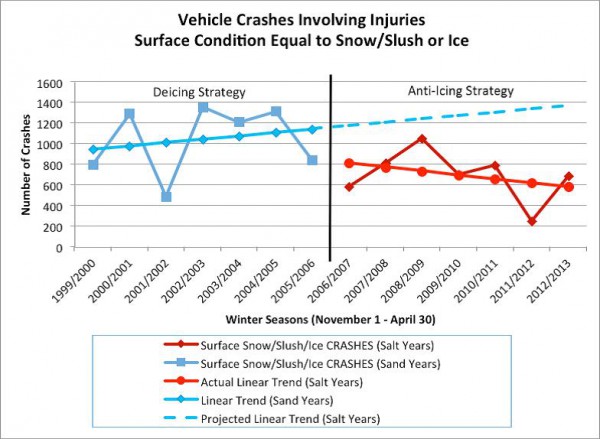
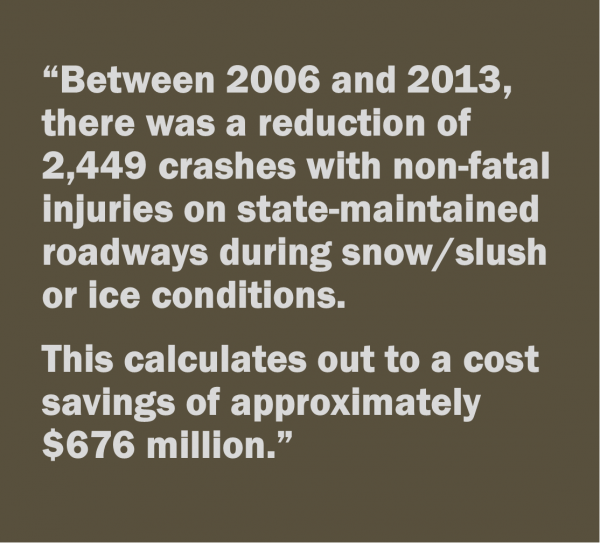

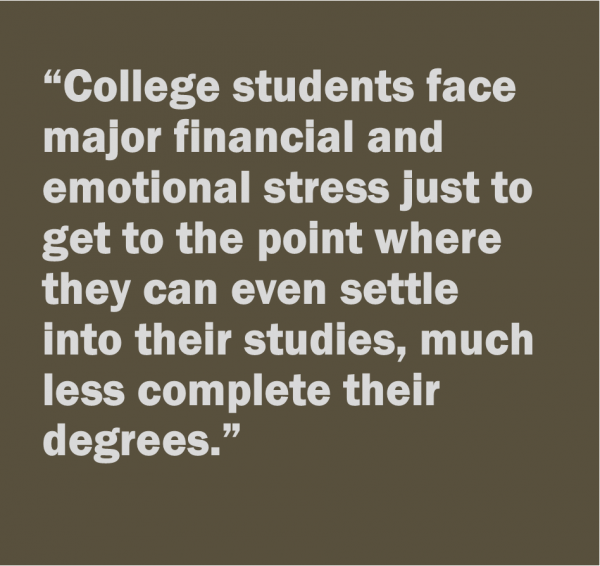 These are true stories. The names are omitted and details smoothed over for obvious reasons. But they really happened this spring at MCC. The image of the college student – not a care in the world – partying and protesting, cramming just in time to pass an exam, and simply marking time until graduation has never really been accurate. It is certainly far from the truth today. College students face major financial and emotional stress just to get to the point where they can even settle into their studies, much less complete their degrees.
These are true stories. The names are omitted and details smoothed over for obvious reasons. But they really happened this spring at MCC. The image of the college student – not a care in the world – partying and protesting, cramming just in time to pass an exam, and simply marking time until graduation has never really been accurate. It is certainly far from the truth today. College students face major financial and emotional stress just to get to the point where they can even settle into their studies, much less complete their degrees.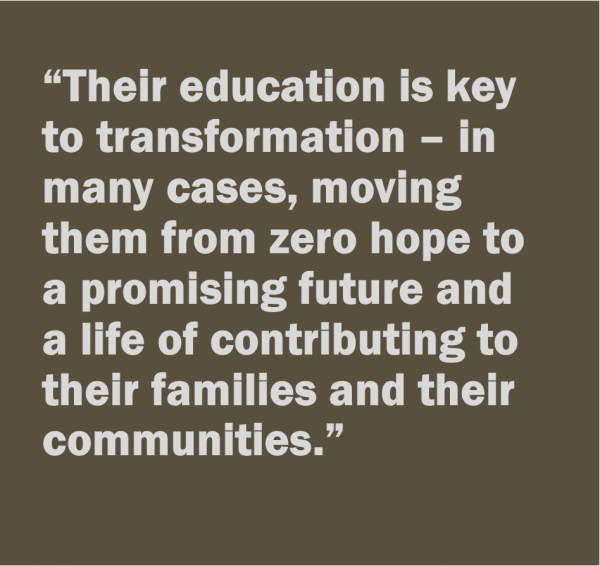

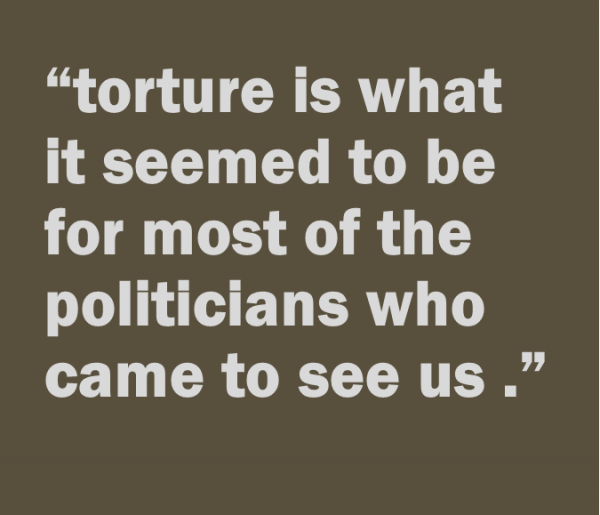 For example, one year a third-party candidate ran for mayor. He also hosted a local cable talk show and a couple of years earlier, in a rant against the newspaper and me, he had urged viewers to dump their household garbage at the foot of my driveway. No one did, and I decided finally not to torture him.
For example, one year a third-party candidate ran for mayor. He also hosted a local cable talk show and a couple of years earlier, in a rant against the newspaper and me, he had urged viewers to dump their household garbage at the foot of my driveway. No one did, and I decided finally not to torture him.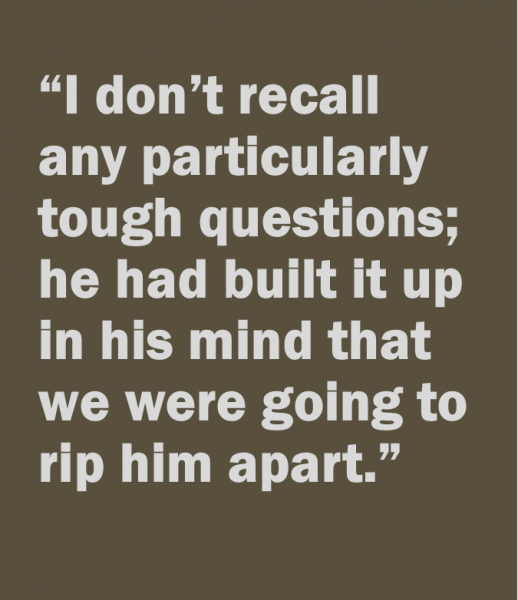

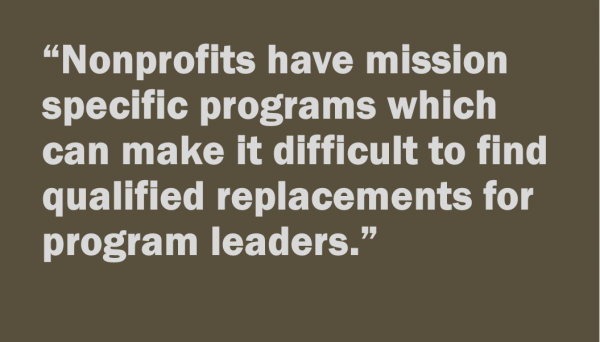 Once your procedures are up to date, start cross training your staff. Not only will it be helpful in the event of unforeseen turnover, but it is an important internal control. Cross training is a temporary solution, but it can buy you time to find the perfect candidate.
Once your procedures are up to date, start cross training your staff. Not only will it be helpful in the event of unforeseen turnover, but it is an important internal control. Cross training is a temporary solution, but it can buy you time to find the perfect candidate.



























